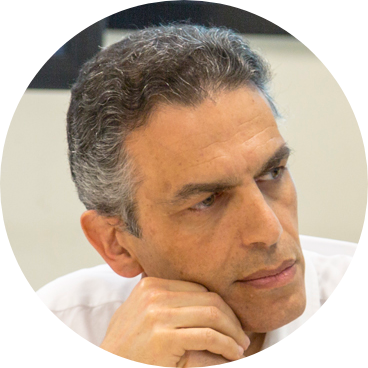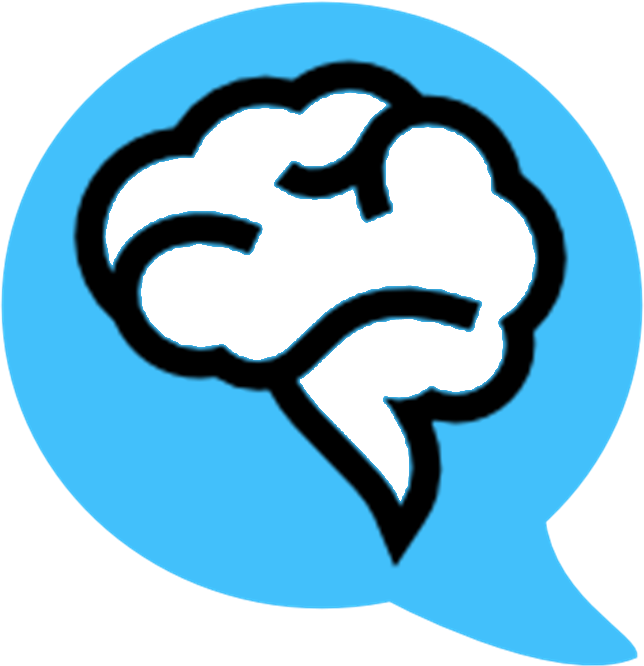 | Vito Pirrelli, Computational Linguist, Member of Academia Europaea Istituto di Linguistica Computazionale - CNR vito.pirrelli(at)ilc.cnr.it (+39)050.315.2851 building B, entrance 21, 1st floor, room 10 |
I am a Research Director at the CNR Institute for Computational Linguistics, co-editor of the international journals The Mental Lexicon (John Benjamins) and Lingue e Linguaggio (il Mulino), and head of the Physiology of Communication Lab. As of 2021, I am an elected member of Academia Europaea (the Academy of Europe).
My main research interests focus on fundamental issues of language architecture and physiology, lying at the interdisciplinary crossroad of cognitive linguistics, psycholinguistics, neuroscience and information science. I investigate words, phrases and utterances as dynamic processes, emerging from interrelated patterns of sensory experience, communicative and social interaction and psychological and neurobiological mechanisms. From this perspective, the human mental lexicon is never stable, time- and context-independent. Its content is continuously updated and reshaped as a function of when, why and how often it is accessed and processed. Such flowing activation states are more reminiscent of the inherently adaptive, self-organizing behaviour of biological dynamic systems than ever thought before.
As PI of the Paisà project (2011-2013), I coordinated the development of the first online annotated Corpus of contemporary Italian for language teaching, of over 250 million tokens. As chair of NetWordS (2011-2015), the European Science Foundation Research Networking Programme on Word Structure in the Languages of Europe, I directed an international, interdisciplinary research programme on the Mental Lexicon. I'm currently PI of ReadLet (2019-2023), a PRIN project that uses portable ICT technology and cloud computing to collect, time-align, integrate and analyse large streams of multimodal reading data from early graders. The project is intended to help professionals assess the level of reading skills reached by the child, and decide which intervention programmes and measures are most appropriate.
 ComPhys
ComPhys